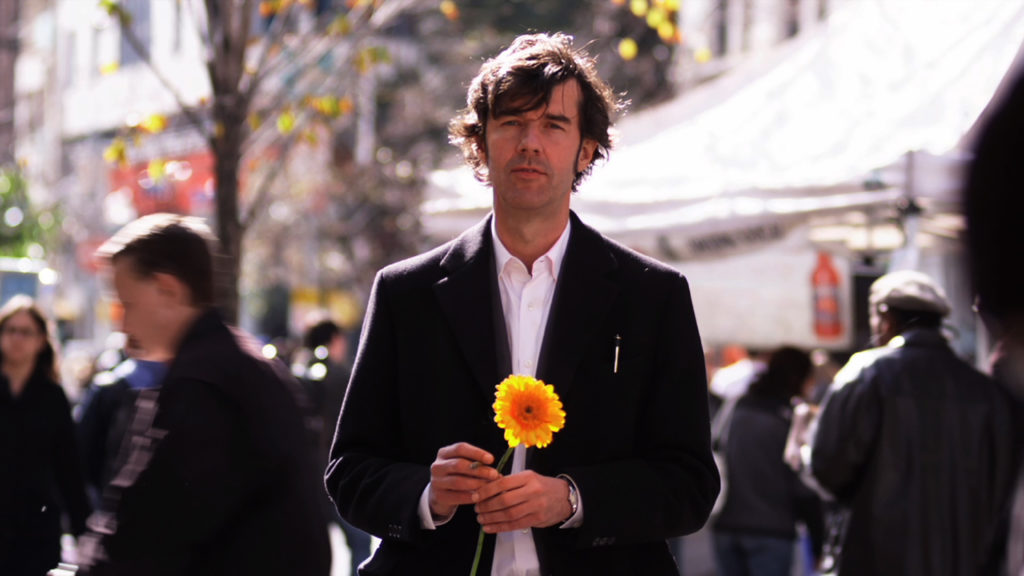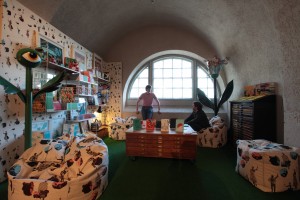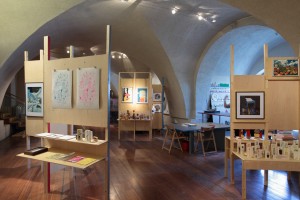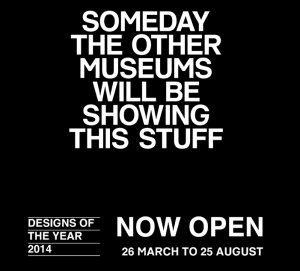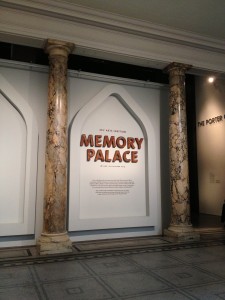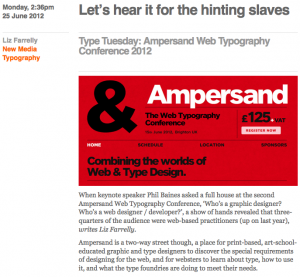Last week I wrote and delivered a lecture about Feminism to first-year Graphic Design and Illustration students at the University of Brighton. In addition to the feminist art history strategy of re-evaluating under-appreciated women artists, I’d like to stress the importance of presenting female role models to students, more so now that the gender balance in the classroom is tipping in favour of female students while the teaching is mainly done by men. Of course this is an old story; I wrote about the invisibility of women in design in 1995, first published in Eye and re-posted here. Kudos goes to the women’s advocacy groups within design academia and the profession, including WD+RU and Graphics UK Women, who are curating, teaching and writing about women in design. So, with the aim of increasing visibility, as the last few posts have been interviews with the usual suspects, here is an interview with one of the world’s most renowned designers, Irma Boom, who has consistently advocated experimentation with materials and techniques (which is good advice for all), while self-directing her career and occasionally stepping into the limelight to promote her work.
Continue reading


